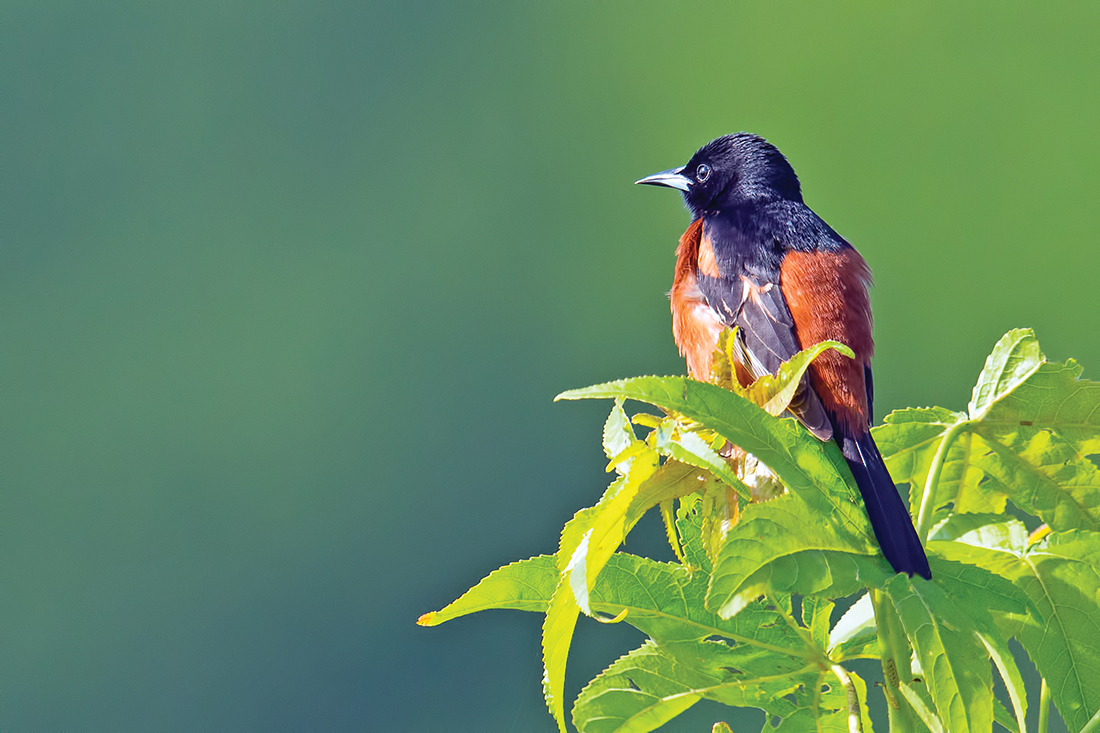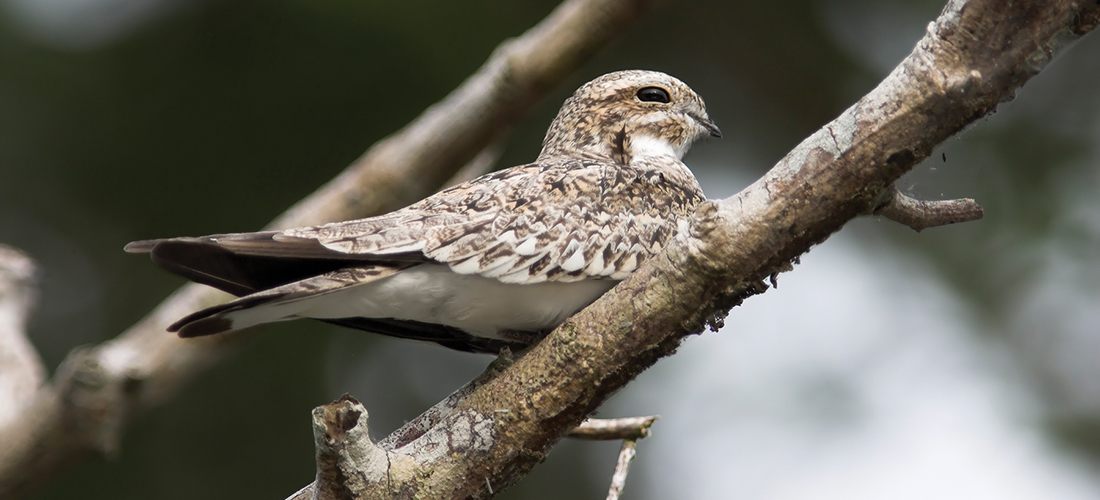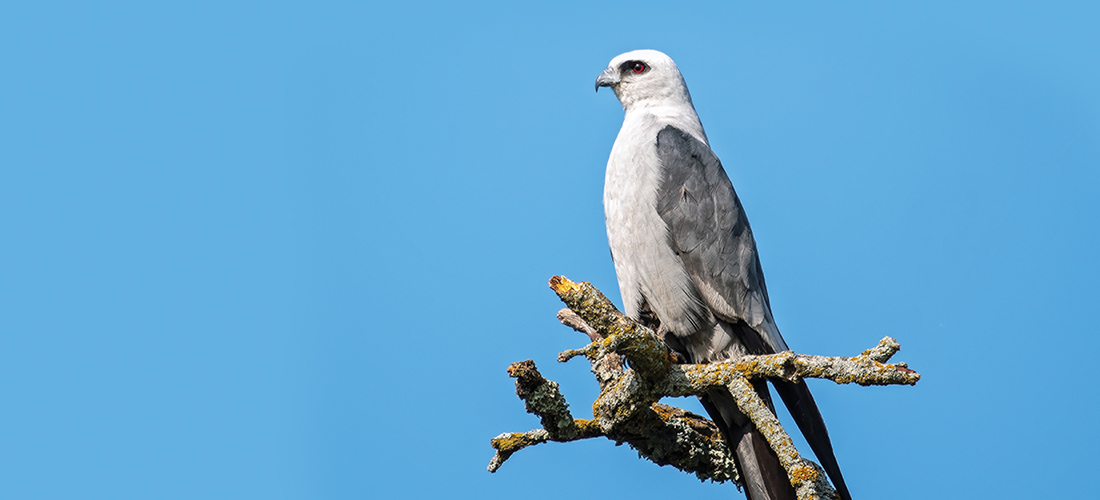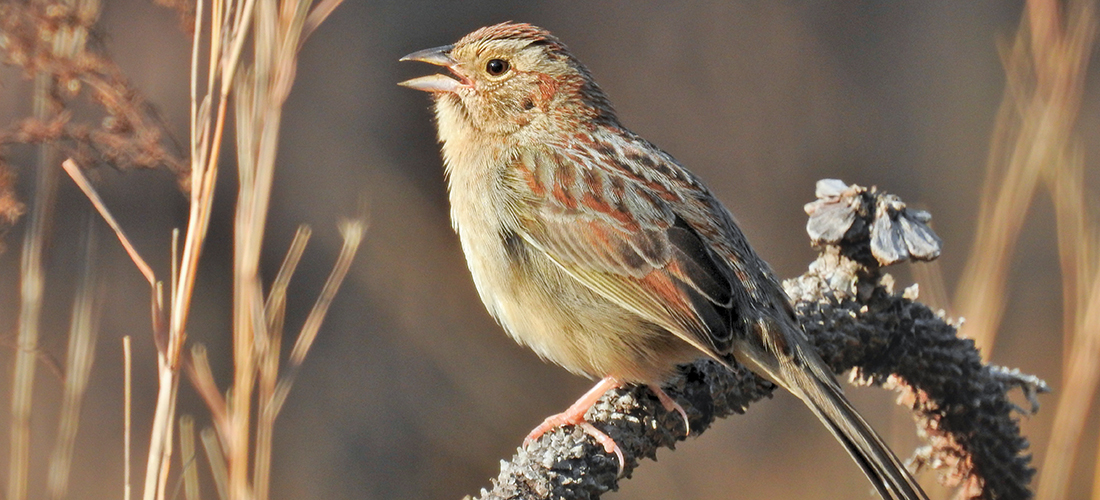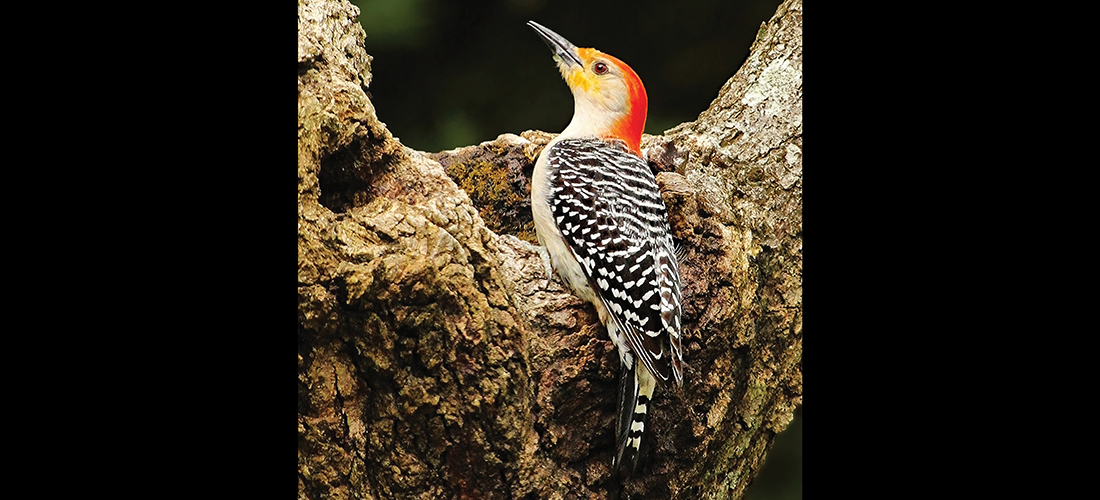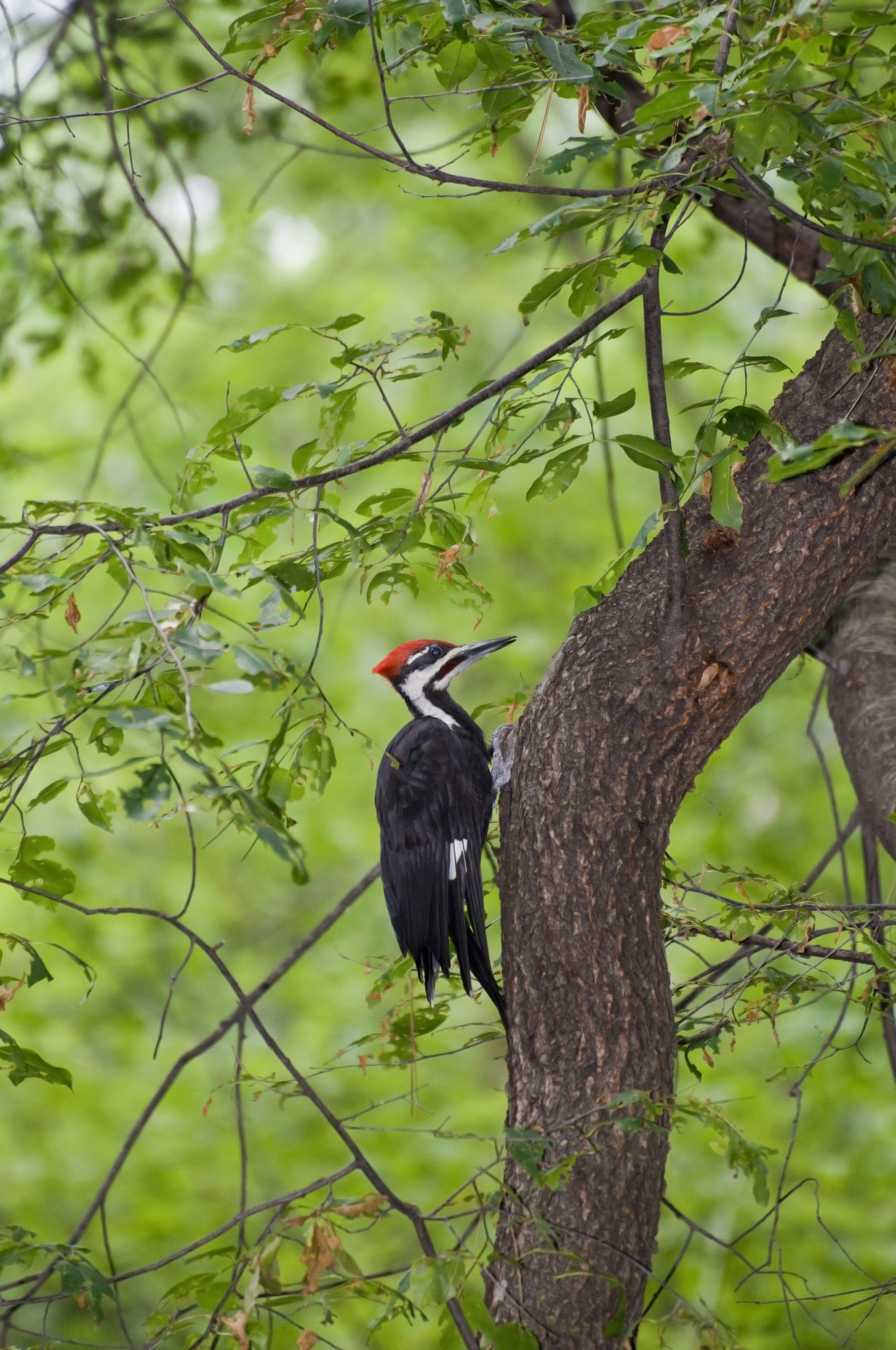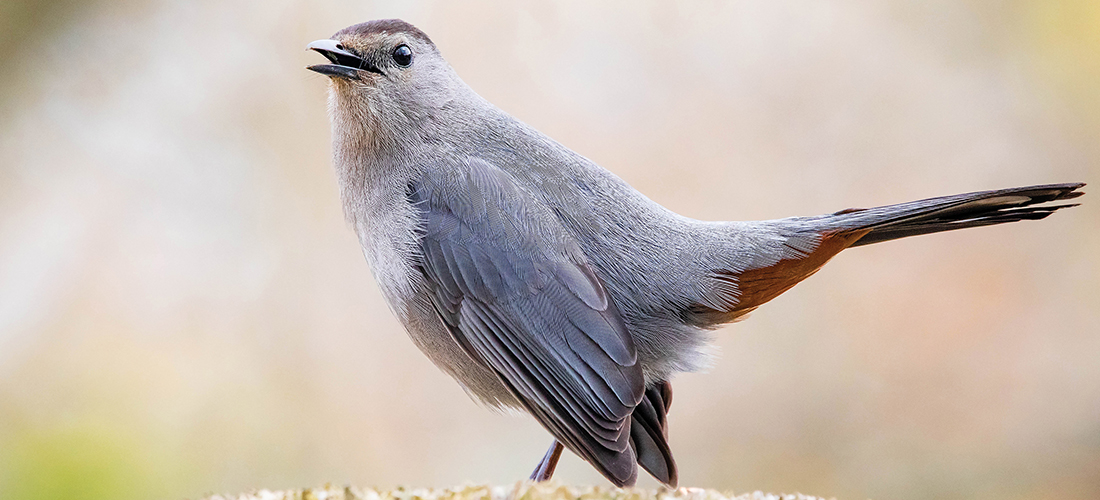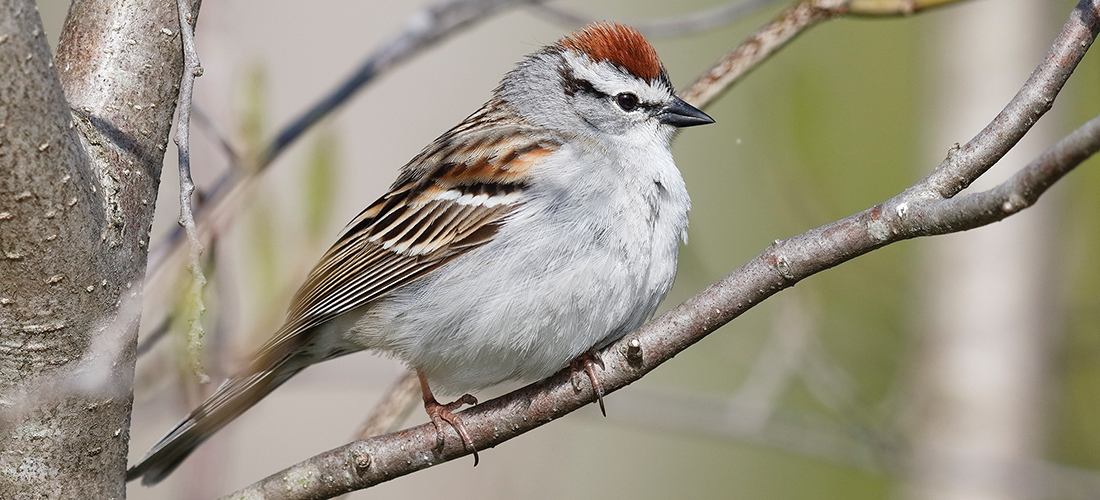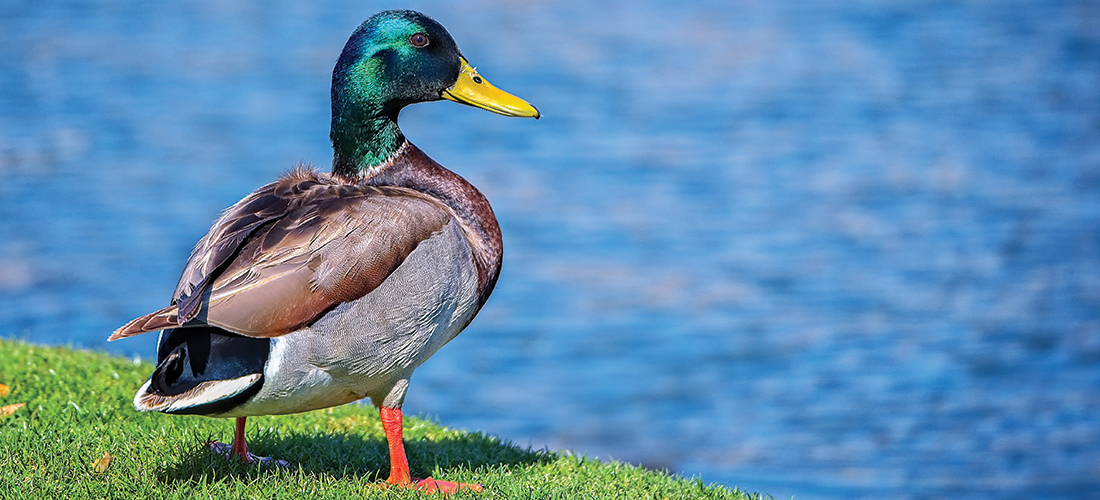Birdwatch
Songster in the Shrubs
The Eastern towhee hides to survive
By Susan Campbell
“Drink your tea, drink your tea,” the loud, emphatic call comes from dense shrubbery right outside our front door. It is the voice of a common, but frequently overlooked, Eastern towhee. It is hard to imagine that such a persistent songster could keep so well hidden, but towhees’ larger size makes them a target for predators, and keeping hidden is the survival strategy they employ. Belonging to the sparrow family, they are short-billed birds found in brushy or grassy habitat. The bird’s name originates from its typical “tow-hee” call.
Many backyard birdwatchers in central North Carolina are rather confused when they finally catch their first glimpse of a towhee. Is it some kind of oriole? Perhaps it is a young rose-breasted grosbeak? Males are quite colorful with rufous or chestnut flanks set against a white belly with a black hood, back and wings as well as a long black and white tail. The bill, too, is jet black. Females sport brown feathers instead of black but still have rufous sides. Their legs are long and powerful: good for kicking around debris in search of insects and seeds. Towhee eyes, which are usually dark red, may be orangey in the Sandhills population. Farther east, individuals have irises that are a striking pale yellow.
Eastern towhees are found, as their name implies, throughout the eastern United States. Here in the Southeast, they are year-round residents, although we do have some wintering individuals that breed further north. Their diet is variable, consisting of a variety of invertebrates (insects, spiders, millipedes) during the breeding season. However, in colder months, towhees can also be found scratching for seeds dropped by other birds from feeders. Their heavy bill allows them to take advantage of a variety of seeds. The powerful jaw muscles associated with such a strong bill make it a formidable weapon. If attacked, a towhee can inflict quite a bite. Males will viciously attack each other during territorial disputes and may inflict mortal wounds from grabbing the head or body of an opponent. Conflict is not infrequent where food is abundant, so the potential for fights exists throughout the year in our area.
It is not uncommon for Eastern towhees to raise three broods in a summer. Each brood involves three to five young. Nests are simple affairs, in short shrubbery or even directly on the ground. As a result, nestlings often do not remain in the nest long after their eyes open and downy feathers cover their bodies. They will move around noisily begging from the adults. Young towhees instinctively run for cover if their parents sound the alarm.
A little known fact about this species is that it was first described by some of the earliest Europeans to arrive in the New World. The artist-cartographer John White noticed towhees during his visit to the English colony on Roanoke Island in 1685-86. It was this trip that documented the colony’s disappearance — the Lost Colony. White’s unpublished drawings of both males and females predated the famous work of Mark Catesby in Natural History of Carolina, Florida and the Bahama Islands in the 1700s, since republished with a modern perspective as Catesby’s The Birds of Colonial America. OH
Susan Campbell would love to receive your wildlife sightings and photographs at susan@ncaves.com.

